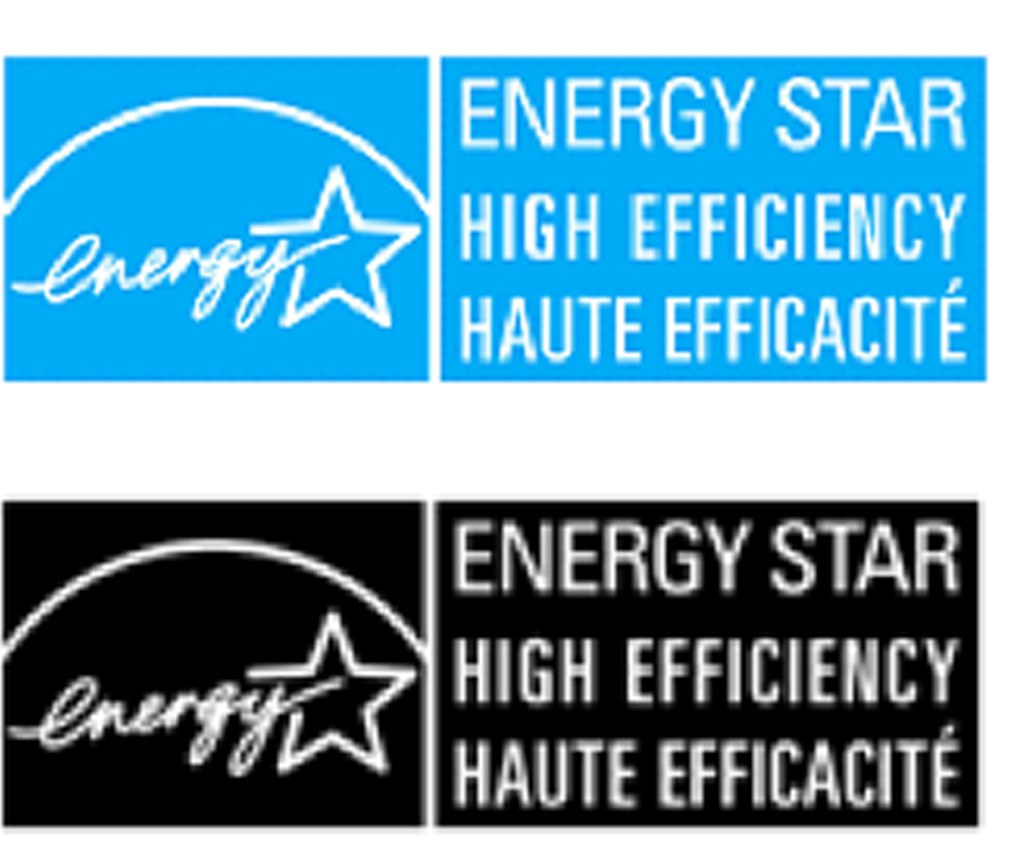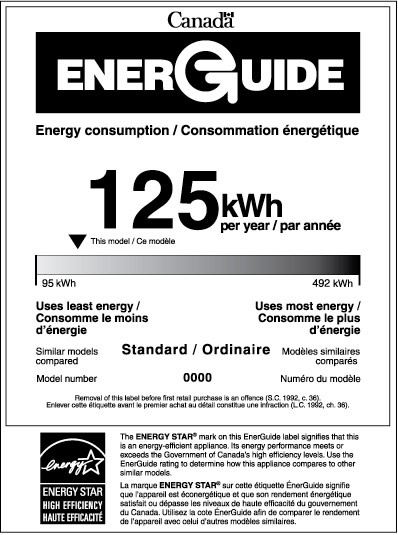 Sometimes the small things do make a big difference. The ENERGY STAR program is a perfect example. Started in 1992 by the EPA as a way to cut down computer energy consumption, the program has grown to cover more than 50 product categories. This voluntary program has become an industry standard and most of our major household appliances come with the familiar blue logo. Combine that with the EnerGuide labelling and you have an easy way to find most energy efficient appliance for your home.
Sometimes the small things do make a big difference. The ENERGY STAR program is a perfect example. Started in 1992 by the EPA as a way to cut down computer energy consumption, the program has grown to cover more than 50 product categories. This voluntary program has become an industry standard and most of our major household appliances come with the familiar blue logo. Combine that with the EnerGuide labelling and you have an easy way to find most energy efficient appliance for your home.
Top of the line
To qualify for the ENERGY STAR label products must meet the stringent standards set by the Government of Canada. Typically that means a product must be from 10 to 65% more efficient than standard products of the same category without sacrificing the quality or features expected to the product. A product with the ENERGY STAR Logo, like this Blueair 650E air purifier (scroll down on the product page and you’ll see the logo), means it’s in the 15 to 30 percent of its class for energy performance.
In the beginning, having the ENERGY STAR label sometimes meant the product was more expensive that conventional products. The program does encourage manufacturers to find more innovative ways to reduce energy consumption and in the beginning that cost was passed onto the consumer. However, any extra costs were quickly recouped with the money saved from lower utility bills. These days, with so many manufacturers adopting the ENERGY STAR standard, the cost is usually the same as conventional appliances.
 Rating your appliance
Rating your appliance
Canada has added another tool to help you find the best energy saving appliances and products. The EnerGuide is a mandatory label showing the energy consumption in kilowatt hours (kWh) per year as well as the performance for that model.
A bar scale on the label makes it easy to compare the models to others in the same class and size. The lower a product rates on the scale, the less energy the appliance uses.
You find the EnerGuide label on all:
- Dishwashers
- Refrigerators and freezers
- Stoves, ovens, electric ranges
- Air conditioners (room and central)
- Dehumidifiers and heat pumps
- Residential gas furnaces and fireplaces
- Washing machines and household dryers
 Deciphering the EnerGuide label
Deciphering the EnerGuide label
Learning the read the label is simple and can help you pick out the best appliance for your energy-conscious household.
A = The large number is the model’s estimated annual energy consumption, in kWh. The lower the rating, the less energy the appliance uses
B = Energy efficiency of the appliance relative to similar models
C = The energy consumption arrow just above the shaded bar scale shows how this model compares with the lowest-rated to highest-rated model of the same type. The darker the rating the higher the consumption
D = Type of the model.
E = Size of the appliance
F = Model number
Obviously you’ll want to see both the ENERGY STAR logo with the EnerGuide label on any appliance you are about the buy. This dynamic duo means you are getting maximum energy savings as well as reducing your utility bill.
It’s a simple thing but every bit helps when it comes to reducing our carbon footprint.
Wondering about your product?
Visit the Natural Resources website for Product information or use their searchable product list to find out if your appliance is energy efficient.



